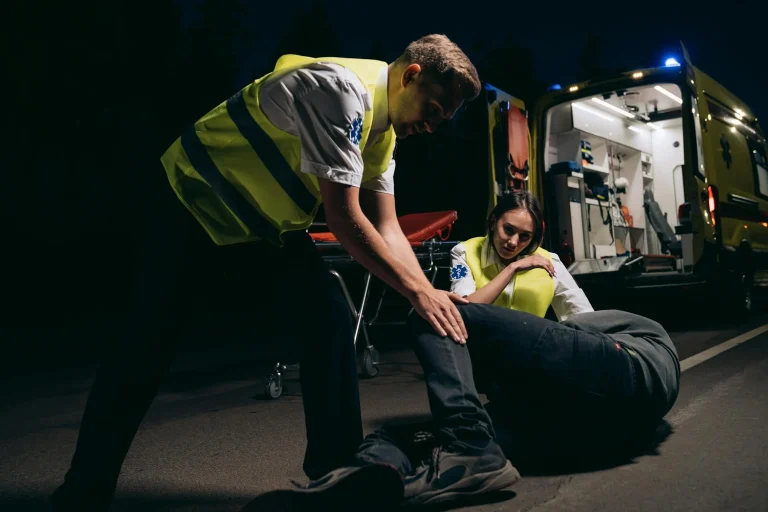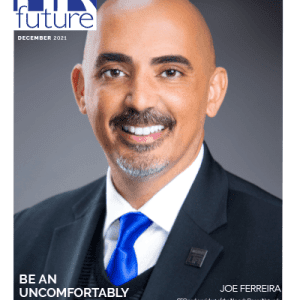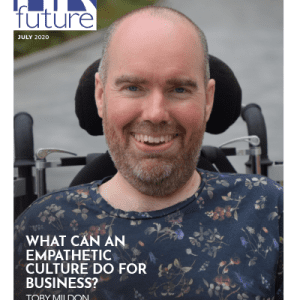In the current business environment companies are either surviving, or thriving.
Those who are thriving have had “strategic timing coupled with intentionality” on their side.
Their business model has been aligned to current market conditions. Their portfolio agility meant they were able to adapt to change. The ones that are now thriving disrupted their own business models when it was critical to do so.
Portfolio agility
A company that has nailed the concept of portfolio agility is Uber. They have two legs to their “transport business”. Uber transports people and Uber Eats transports food.
During the Covid-19 pandemic the country experienced one of the strictest lockdowns in the world. The transport of people declined dramatically, but the transport of food increased.
Uber entered the business of transporting food, even before the outbreak of the coronavirus. The pandemic simply accelerated their new business.
The Uber business model illustrates the importance of having a service offering that has breadth and depth. This oversimplified example serves as an indicator of how companies may want to pivot around their core business.
The restaurant industry has been severely disrupted by the lockdown. Many were forced to repurpose their traditional sit-down business model. They used technology to engage with their clients.
They used Facebook and WhatsApp to tell their clients they are ready to continue serving them. They started offering either take-away food or deliveries. They used the resources already available to them. Their waiters became their delivery business. That is being innovative.
Companies need to remember what kept them alive during this period.
Incentivise the right performance
Once they recognise what is driving their performance in a positive direction they need to do more of that, faster. That is behaviour and performance you want to incentivise.
Most companies are currently not in any position to offer large monetary incentives. However, it is often not the monetary incentive that add the biggest value to an employee/employer relationship.
It is rather the ability of leadership to understand the employee’s current “context”. Leaders should look at their workforce in segments, for example as single parents, single people or older people. That will assist in assessing their real needs better, rather than following a “blanket approach”.
The best incentive to offer is often simply to ask what you can do for them. In many instances it is simply data for their phone, or more flexible working hours. Don’t make any assumption to the level of access employees have to water, wi-fi, food, safety or security. Ask. Even more so when referring to vulnerable populations within the workforce.
Create hope
As business leaders acknowledge the impact of the Covid-19 pandemic, they should at the same time have a clear plan of what it is that they want to achieve.
Define reality and then create hope.
It was the famous Black Panther actor, Chadwick Boseman, who died of cancer at the end of August, who said: “He who has watered, be watered.”
The role of a business leader is to take responsibility for those who are in their care. If you take care of employees, they in return, will take care of the business.
Nicol Mullins is a Chartered Reward Specialist and executive committee member of the South African Reward Association (SARA).


























